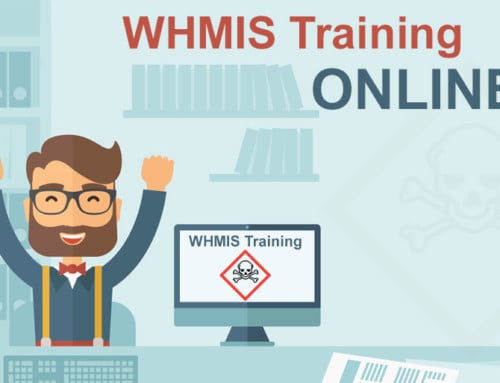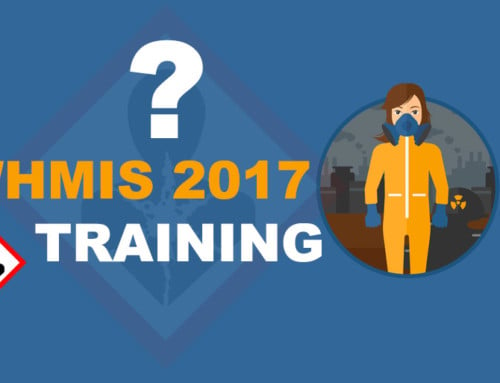WHMIS: Exploring Rights and Responsibilities
WHMIS? I thought GHS was here…
While quite a bit of activity has been taking place in the U.S. in the recent year to bring OSHA’s Hazcomm standard up to the new GHS requirements, it’s seemed relatively quiet in Canada. It’s expected that revised regulation will be published in 2014 and that the updated legislation be in force by 2015 or later. Until then, WHMIS is still king.
WHMIS stands for Workplace Hazardous Materials Information System and it’s mandatory that every Canadian workplace ensures that this potentially lifesaving system be implemented correctly within their organization. If you think WHMIS doesn’t apply to your workplace, you might be surprised to learn that there are virtually no workplaces where an employee isn’t exposed to some type of potentially hazardous material.
Even though many companies have clearly defined policies communicating WHMIS rights and responsibilities, they are also defined in the WHMIS legislation.
The legislation defined that there are typically three primary parties which are required to adhere to particular responsibilities pertaining to WHMIS. The three parties include suppliers, buyers and employees.
Supplier Responsibilities
Suppliers generally manufacture of import hazardous material into the country for the purpose of selling them. Their responsibilities include:
- Providing a supplier label for every hazardous product that they import or bring into the country
- Provide an MSDS/SDS for every hazardous material that they import or manufacture
- Update their MSDS/SDS not less than every three years, or within 90 days after a change is made in the information regarding the hazardous material
Buyer Responsibilities
A buyer refers to employers who buy the hazardous materials to use in their workplaces. Buyers must:
- Ensure that all hazardous materials in the workplace are identified and that Materials Safety Data Sheets are available on-site
- Ensure that Material Safety Data Sheets are easy for workers to find and read
- Ensure that all containers of hazardous materials in the workplace are labeled
- Provide WHMIS training
Worker Responsibilities & Rights
We’ve all heard the analogy of how the strength of each individual chain in a link will dictate the strength of the entire chain. Workers are a valuable link in the critical chain of health and safety and also have responsibilities that are extremely import. Workers must:
- Participate in WHMIS Training
- Use their knowledge of WHMIS to work as safety as possible
In addition to the above responsibilities, there are also clearly defined rights that all workers posses:
- Refuse work that they legitimately believe to be dangerous
- Know about the hazardous materials that they work with
- Consult with the joint health and safety committee or representative
Partnership
In order to maintain and effective WHMIS program, all three responsible parties must work together as a team. Commitment, communication and a solid safety culture will ensure that the information that workers need is available when it’s most important.
Do you think all Canadian employers are meeting their obligations?






